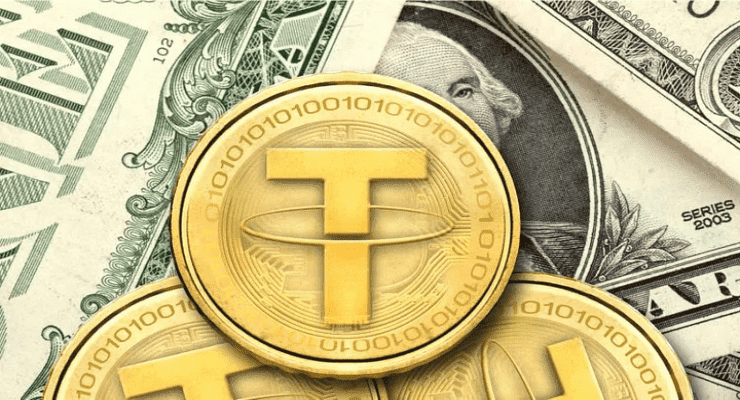Many would say that the top exchanges, cryptocurrencies, and DeFi protocols are the powerhouses of the space. But upon further inspection, it becomes clear that one industry has more dominance over the rest within the cryptocurrency ecosystem: centralized stablecoin providers. Let’s take a look into why this is and what it could mean for the future of Web3.
Centralized stablecoin providers are the companies based behind some of the most used coins in DeFi and Web3. Examples of these coins include Circle’s USDC, Binance’s BUSD, iFinex’s USDT, and Paxos’ USDP. These stablecoins are accepted on all major exchanges and used on practically every DeFi platform. Additionally, they are native assets on several blockchains and are critical to a lot of the platform’s liquidity.
At first glance, these assets may just seem like a good way to hold US dollars in digital asset form, but their influence has become much larger, as demonstrated by the Terra UST incident.
For those who are unaware, in the Summer of this year, a top stablecoin, UST, lost its peg to the dollar. The price quickly spiraled downward from $1 to $0.90 before ultimately being effectively worthless. UST had a market capitalization of $18 billion at its peak and was critical to the liquidity of a lot of DeFi applications. Consequently, the market took a massive dip of over $500 billion and has yet to recover. Some are even speculating that the collapse of FTX was somehow related to the Terra collapse.
Ever since this event, it has become abundantly clear that centralized stablecoin providers, whose coins have a combined market capitalization of over $100, are absolutely critical to the success of DeFi. For example, the Ethereum Proof of Work Fork created after the merge did not survive because stablecoins did not support it. This caused all of the forked smart contracts and DeFi protocols to have worthless pairs, and it collapsed the economy before it ever had a chance of properly developing. Stablecoins can voice their support for the tenets of decentralization and development that suit them best by moving to specific chains and providing liquidity, the lifeblood of any blockchain.
Additionally, since these companies are based in places like the United States, they are subject to the rules and regulations set upon them by US-based regulatory committees like the SEC. Because of this, there have been times in the past when Circle, among other companies, has frozen USDC in people’s wallets. Typically, people get their stablecoins frozen when they are hacked or otherwise involved in some sort of illicit activity. But regardless, censorship and asset freezing go directly against the tenets of ownership and decentralization of Web3 and allow both the government and a private company to freeze our funds at any given time.
If any of these top stablecoins collapsed, the entire DeFi ecosystem would crumble and may not recover for years, if ever. This makes it crucial that centralized issuers ensure that their reserves are 1:1 with dollars held in a bank, and most do transparent audits to ensure that this is the case. The only company that has been controversial in the past is USDT’s iFinex. For a long time, at least since before 2017, there has been speculation that USDT is not fully backed, and they are being issued without truly being worth anything. This was always a cause of fear within the cryptocurrency space but has been mitigated significantly by the adoption of other, more transparent issuers like Circle and Paxos. Additionally, Tether has appeared to have gotten slightly better with their accounting, so there is much less risk of a centralized stablecoin de-pegging happening than previously.
For the DeFi ecosystem to become more centralized, there has to be greater adoption of truly decentralized stablecoins, like Aave’s upcoming GHO, Curve’s rumored stablecoin, FRAX, and others. However, this also comes at a greater risk of de-pegging and does not provide the safety that a centralized coin provides, and will be a harder sell to those who want to be as safe as possible with their money. This may mean that centralized stablecoin companies will continue to have a lot of influence over the space for years to come.

 English
English
 Deutsch
Deutsch
 Español
Español
 Français
Français
 Português
Português
 日本
日本
 한국인
한국인
 Türkçe
Türkçe
 Русский
Русский
 Tiếng Việt
Tiếng Việt
